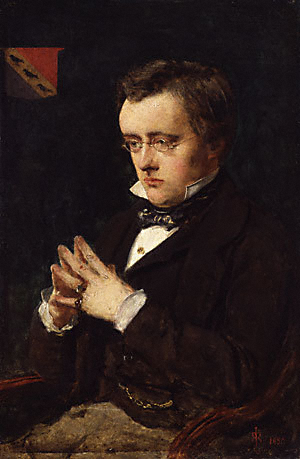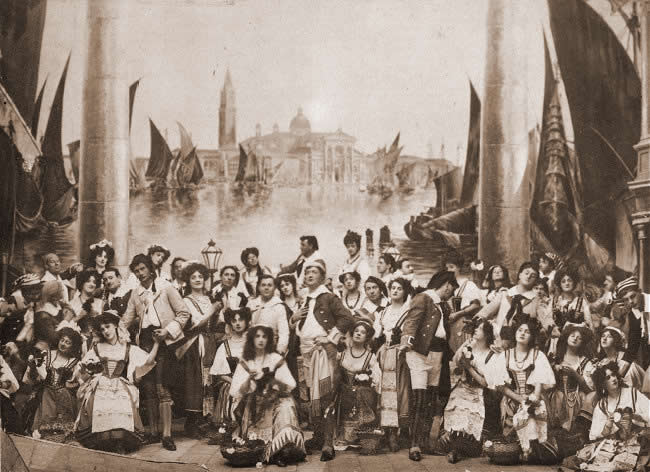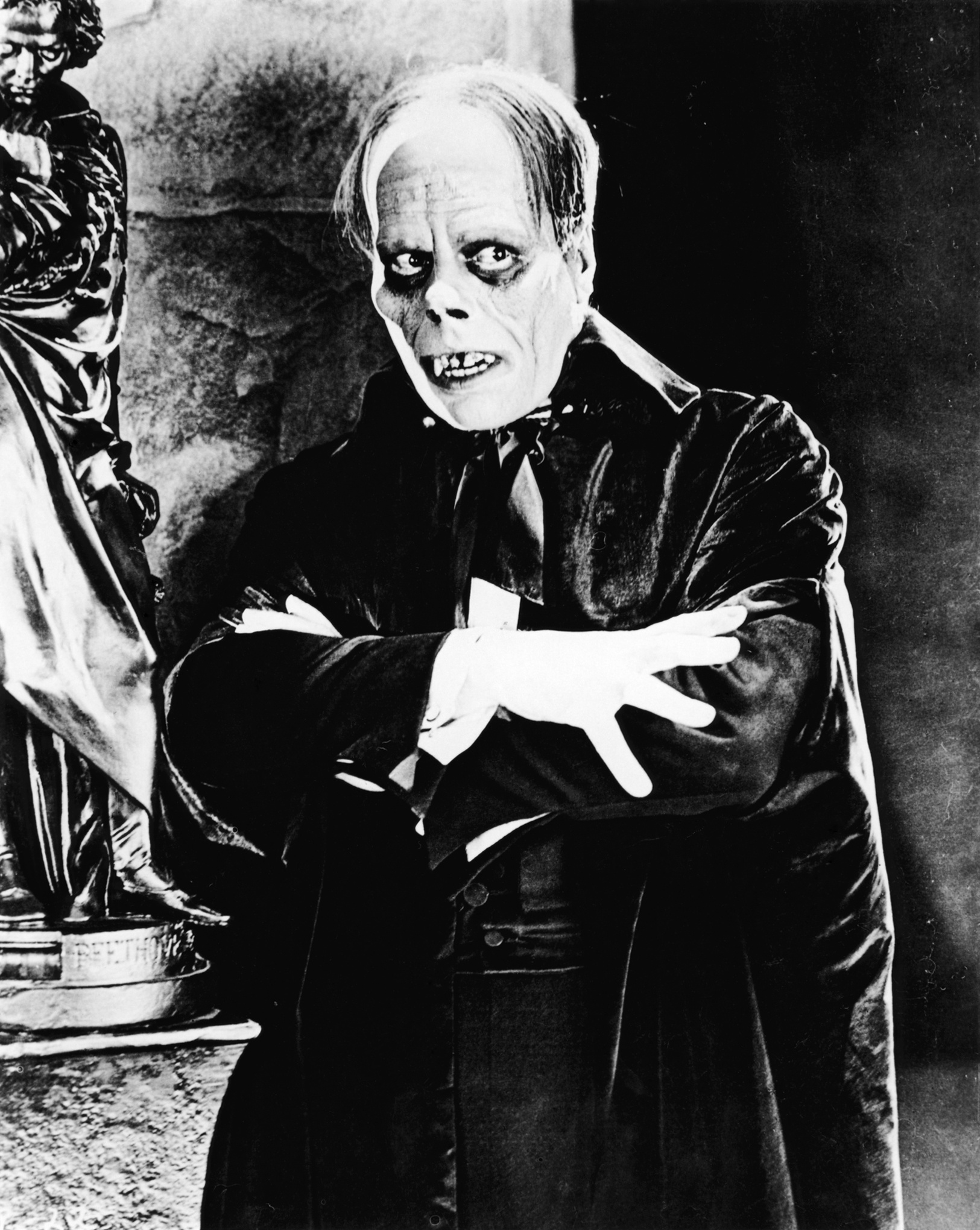|
écarté
Écarté is an old French casino game for two players that is still played today. It is a trick-taking game, similar to whist, but with a special and eponymous discarding phase; the word ''écarté'' meaning "discarded". Écarté was popular in the 19th century, but is now rarely played. It is described as "an elegant two-player derivative of Triomphe hat isquite fun to play" and a "classic that should be known to all educated card players." Play All cards from two to six are removed from a 52-card pack, to produce the Piquet pack of thirty-two cards, which rank from the lowest 7, 8, 9, 10, ace, knave, queen, to king high. Note that the ace ranks between ten and knave, making the king the highest card. The players cut to determine the dealer, who deals five cards each in packets of two and three, or three and two, either to whim or some agreement. The eleventh card is dealt face up to determine the trump suit. If this card is a king, the dealer can immediately mark an extra po ... [...More Info...] [...Related Items...] OR: [Wikipedia] [Google] [Baidu] |
Partie De Cartes
''Partie de cartes'' (also known as ''Card Game'' and ''The Messers. Lumière at Cards'' (USA), or ''A Quiet Game of Écarté'') is an 1895 French black-and-white short film directed and produced by Louis Lumière and starring ''Antoine Féraud''. Plot Three older men, wearing hats and smoking cigars, are sitting at a patio. Two of the men are playing cards ( Écarté) at a table while the third man sits watching. As the game continues a (younger) waiter walks across carrying a tray with a bottle of wine and glasses on it. The man sitting at the table then proceeds to pour the drinks while the waiter observes the card game. Production It was filmed by means of the Cinématographe, an all-in-one camera, which also serves as a film projector and developer. As with all early Lumière films, this film was made in a 35 mm format with an aspect ratio of 1.33:1. The production was shot at Villa du Clos des Plages in La Ciotat, France. Cast *Antoine Féraud (waiter?) * Antoine Lum ... [...More Info...] [...Related Items...] OR: [Wikipedia] [Google] [Baidu] |
Trick-taking Game
A trick-taking game is a card or tile-based game in which play of a '' hand'' centers on a series of finite rounds or units of play, called ''tricks'', which are each evaluated to determine a winner or ''taker'' of that trick. The object of such games then may be closely tied to the number of tricks taken, as in plain-trick games such as contract bridge, whist, and spades, or to the value of the cards contained in taken tricks, as in point-trick games such as pinochle, the tarot family, briscola, and most evasion games like hearts. Trick-and-draw games are trick-taking games in which the players can fill up their hands after each trick. In most variants, players are free to play any card into a trick in the first phase of the game, but must ''follow suit'' as soon as the stock is depleted. Trick-avoidance games like reversis or polignac are those in which the aim is to avoid taking some or all tricks. The domino game Texas 42 is an example of a trick-taking game that is no ... [...More Info...] [...Related Items...] OR: [Wikipedia] [Google] [Baidu] |
Baccarat
Baccarat or baccara (; ) is a card game played at casinos. It is a comparing card game played between two hands, the "player" and the "banker". Each baccarat coup (round of play) has three possible outcomes: "player" (player has the higher score), "banker", and "tie". There are three popular variants of the game: ''punto banco'', ''baccarat chemin de fer'',"Baccarat" in ''Chambers's Encyclopædia''. London: George Newnes, 1961, Vol. 2, pp. 32-33. and ''baccarat banque'' (or ''à deux tableaux''). In ''punto banco'', each player's moves are forced by the cards the player is dealt. In ''baccarat chemin de fer'' and ''baccarat banque'', by contrast, both players can make choices. The winning odds are in favour of the bank, with a house edge of at least 1 percent. History The origins of the game are disputed, and some sources claim that it dates to the 19th century. Other sources claim that the game was introduced into France from Italy at the end of the 15th century by soldiers r ... [...More Info...] [...Related Items...] OR: [Wikipedia] [Google] [Baidu] |
Man And Wife (novel)
''Man and Wife'' was Wilkie Collins's ninth published novel. It is the second of his novels (after '' No Name'') in which social questions provide the main impetus of the plot. Collins increasingly used his novels to explore social abuses, which according to critics tends to detract from their qualities as fiction. The social issue which drives the plot is the state of Scots marriage law; at the time the novel was written, any couple who were legally entitled to marry and who asserted that they were married, either before witnesses or in writing, were regarded in Scotland as being legally married. Plot summary The novel has a complex plot, which is common in Collins's work. In the Prologue, a selfish and ambitious man casts off his wife in order to marry a wealthier and better-connected woman by taking advantage of a loophole in the marriage laws of Ireland. The initial action takes place in the widowed Lady Lundie's house in Scotland. Geoffrey Delamayn has promised marriage to h ... [...More Info...] [...Related Items...] OR: [Wikipedia] [Google] [Baidu] |
Wilkie Collins
William Wilkie Collins (8 January 1824 – 23 September 1889) was an English novelist and playwright known especially for '' The Woman in White'' (1859), a mystery novel and early "sensation novel", and for '' The Moonstone'' (1868), which has been proposed as the first modern English detective novel. Born to the London painter William Collins and his wife, Harriet Geddes, he moved with them to Italy when he was twelve, living there and in France for two years, learning both Italian and French. He worked initially as a tea merchant. After ''Antonina'', his first novel, appeared in 1850, Collins met Charles Dickens, who became a friend and mentor. Some of his work appeared in Dickens's journals ''Household Words'' and '' All the Year Round''. They also collaborated on drama and fiction. Collins gained financial stability and an international following by the 1860s, but became addicted to the opium he took for his gout, so that his health and writing quality declined in the 187 ... [...More Info...] [...Related Items...] OR: [Wikipedia] [Google] [Baidu] |
The Woman In White (novel)
''The Woman in White'' is Wilkie Collins's fifth published novel, written in 1859 and set from 1849 to 1850. It is a mystery novel and falls under the genre of "sensation novels". The story can be seen as an early example of detective fiction with protagonist Walter Hartright employing many of the sleuthing techniques of later private detectives. The use of multiple narrators (including nearly all the principal characters) draws on Collins's legal training, and as he points out in his preamble: "the story here presented will be told by more than one pen, as the story of an offence against the laws is told in Court by more than one witness". Collins also drew on memories of his father, the artist William Collins, in the creation of drawing master Walter Hartright, and populates his story with a number of Italian characters, likely inspired by two years spent in Italy during childhood. In 2003, Robert McCrum writing for ''The Observer'' listed ''The Woman in White'' number 23 ... [...More Info...] [...Related Items...] OR: [Wikipedia] [Google] [Baidu] |
The Gondoliers
''The Gondoliers; or, The King of Barataria'' is a Savoy Opera, with music by Arthur Sullivan and libretto by W. S. Gilbert. It premiered at the Savoy Theatre on 7 December 1889 and ran for a very successful 554 performances (at that time the fifth longest-running piece of musical theatre in history), closing on 30 June 1891. This was the twelfth comic opera collaboration of fourteen between Gilbert and Sullivan. The story of the opera concerns the young bride of the heir to the throne of the fictional kingdom of Barataria who arrives in Venice to join her husband. It turns out, however, that he cannot be identified, since he was entrusted to the care of a drunken gondolier who mixed up the prince with his own son. To complicate matters, the King of Barataria has just been killed. The two young gondoliers must now jointly rule the kingdom until the nurse of the prince can be brought in to determine which of them is the rightful king. Moreover, when the young queen arrives ... [...More Info...] [...Related Items...] OR: [Wikipedia] [Google] [Baidu] |
The Hound Of The Baskervilles
''The Hound of the Baskervilles'' is the third of the four crime novels by British writer Arthur Conan Doyle featuring the detective Sherlock Holmes. Originally serialised in ''The Strand Magazine'' from August 1901 to April 1902, it is set in 1889 largely on Dartmoor in Devon in England's West Country and tells the story of an attempted murder inspired by the legend of a fearsome, diabolical hound of supernatural origin. Holmes and Watson investigate the case. This was the first appearance of Holmes since his apparent death in " The Final Problem", and the success of ''The Hound of the Baskervilles'' led to the character's eventual revival. One of the most famous stories ever written, in 2003, the book was listed as number 128 of 200 on the BBC's The Big Read poll of the UK's "best-loved novel". In 1999, a poll of "Sherlockians" ranked it as the best of the four Holmes novels. Plot Dr James Mortimer recounts to Sherlock Holmes in London an old legend of a curse t ... [...More Info...] [...Related Items...] OR: [Wikipedia] [Google] [Baidu] |
Sherlock Holmes
Sherlock Holmes () is a fictional detective created by British author Arthur Conan Doyle. Referring to himself as a " consulting detective" in the stories, Holmes is known for his proficiency with observation, deduction, forensic science and logical reasoning that borders on the fantastic, which he employs when investigating cases for a wide variety of clients, including Scotland Yard. First appearing in print in 1887's '' A Study in Scarlet'', the character's popularity became widespread with the first series of short stories in '' The Strand Magazine'', beginning with " A Scandal in Bohemia" in 1891; additional tales appeared from then until 1927, eventually totalling four novels and 56 short stories. All but one are set in the Victorian or Edwardian eras, between about 1880 and 1914. Most are narrated by the character of Holmes's friend and biographer Dr. John H. Watson, who usually accompanies Holmes during his investigations and often shares quarters with him at the ... [...More Info...] [...Related Items...] OR: [Wikipedia] [Google] [Baidu] |
William Wilson (short Story)
"William Wilson" is a short story by American writer Edgar Allan Poe, first published in 1839, with a setting inspired by Poe's formative years on the outskirts of London. The tale features a doppelgänger. It also appeared in the 1840 collection '' Tales of the Grotesque and Arabesque'', and has been adapted several times. Plot summary The story follows a man of "a noble descent" who calls himself William Wilson because, although denouncing his profligate past, he does not accept full blame for his actions, saying that "man was never thus ... tempted before". After several paragraphs, the narration then segues into a description of Wilson's boyhood, which is spent in a school "in a misty-looking village of England". William meets another boy in his school who has the same name and roughly the same appearance, and who was even born on the same date (January 19, Poe's own birthday). William's name (he asserts that his actual name is only similar to "William Wilson") embarrasses ... [...More Info...] [...Related Items...] OR: [Wikipedia] [Google] [Baidu] |
Gaston Leroux
Gaston Louis Alfred Leroux (6 May 186815 April 1927) was a French journalist and author of detective fiction. In the English-speaking world, he is best known for writing the novel ''The Phantom of the Opera'' (french: Le Fantôme de l'Opéra, 1909), which has been made into several film and stage productions of the same name, notably the 1925 film starring Lon Chaney, and Andrew Lloyd Webber's 1986 musical. His 1907 novel '' The Mystery of the Yellow Room'' is one of the most celebrated locked room mysteries. Life and career Leroux was born in Paris in 1868, the illegitimate child of Marie Bidaut and Dominique Leroux, who married a month after his birth. He claimed an illustrious pedigree, including descent from William II of England (in French, Guillaume le Roux, son of William the Conqueror), and social connections such as having been the official playmate of Prince Philippe, Count of Paris at the College d'Eu in Normany. After schooling in Normandy and studying as a ... [...More Info...] [...Related Items...] OR: [Wikipedia] [Google] [Baidu] |
Lumière Brothers
Lumière is French for 'light'. Lumiere, Lumière or Lumieres may refer to: * Lumières, the philosophical movement in the Age of Enlightenment People *Auguste and Louis Lumière, French pioneers in film-making Film and TV * Institut Lumière, a French organization for the preservation of French cinema * ''Lumière'' (film), 1976 French drama film * Lumiere (database), an online database of admission results for films released in Europe *Lumières Award, an annual French film awards ceremony * Lumiere TV, a premium television service available in Cyprus, that broadcasts movies and series * Télé Lumière, a Christian television station in Lebanon and the Arab World. Also affiliate station Noursat * Lumière Film Festival, a film festival in Lyon, France ** Lumière Award (film festival award), an award presented at the Lumière Film Festival * ''Lumière! L'aventure commence'', a 2017 film edited by Thierry Frémaux. *Lumière, a character in Disney's ''Beauty and the Beas ... [...More Info...] [...Related Items...] OR: [Wikipedia] [Google] [Baidu] |







